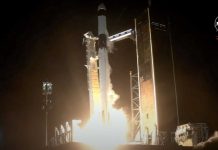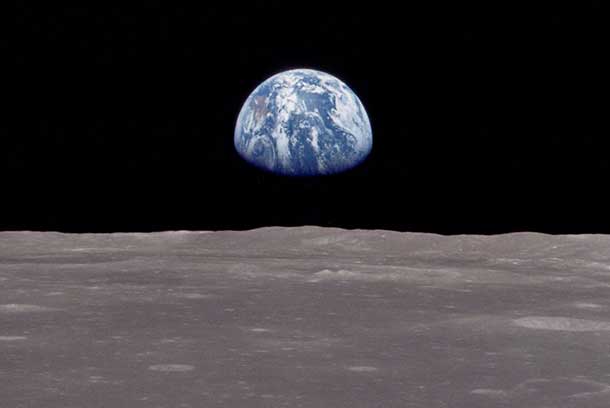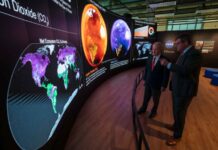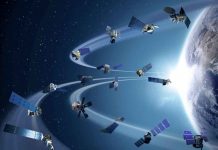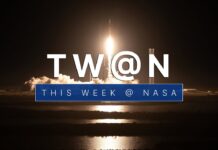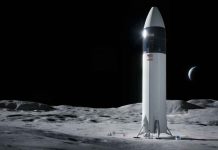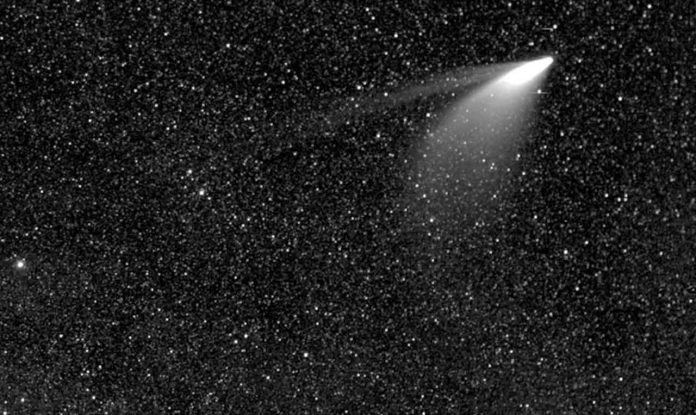
NASA experts will discuss and answer public questions about Comet C/2020 F3 NEOWISE during a broadcast of NASA Science Live and follow up media teleconference on Wednesday, July 15, 2020. The comet is visible with the naked eye in the early morning sky and starting this week, after sunset.
The NASA Science Live episode will air live at 3 PM EDT Wednesday on NASA Television and the agency’s website, along with Facebook Live, YouTube, Periscope, LinkedIn, Twitch, and USTREAM.
Viewers can submit questions on Twitter using the hashtag #AskNASA or by leaving a comment in the chat section of Facebook, Periscope, or YouTube.

